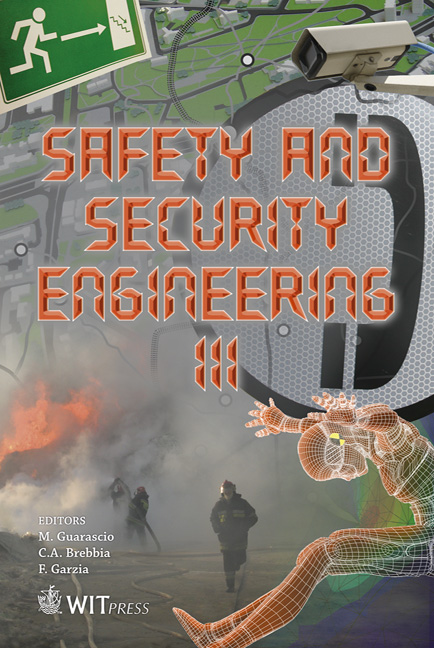A Behavioural Model For The Level Crossing Collision Risk Assessment
Price
Free (open access)
Transaction
Volume
108
Pages
9
Page Range
637 - 645
Published
2009
Size
365 kb
Paper DOI
10.2495/SAFE090591
Copyright
WIT Press
Author(s)
M. Ghazel
Abstract
Level crossings (LC) are identified as being critical security points in both road and rail infrastructures. Statistics show that more than three hundred people are killed every year in Europe in more than 1200 accidents occurring at level crossings. In this paper, we propose and apply a systematic method to establish a global model involving both rail and road traffic in the level crossing area. The model building approach proposes a progressive integration of elementary models, each of which describing the behaviour of a part in the whole LC environment.We are interested more precisely in a particular phenomenon which may cause collisions at level crossings, and which corresponds to the accumulation of vehicle waiting queues on the LC exit zone. As a model, we use Petri Nets (PN). For the sake of precision and in order to obtain a realistic and fine behaviouralmodel, quantitative aspects are integrated in the form of functions (stochastic distributions, deterministic values, probabilities, etc.) associated to the transitions of our PN model (⇒ Stochastic PN). Keywords: level crossing, risk assessment, modelling, Petri Net.
Keywords
level crossing, risk assessment, modelling, Petri Net





